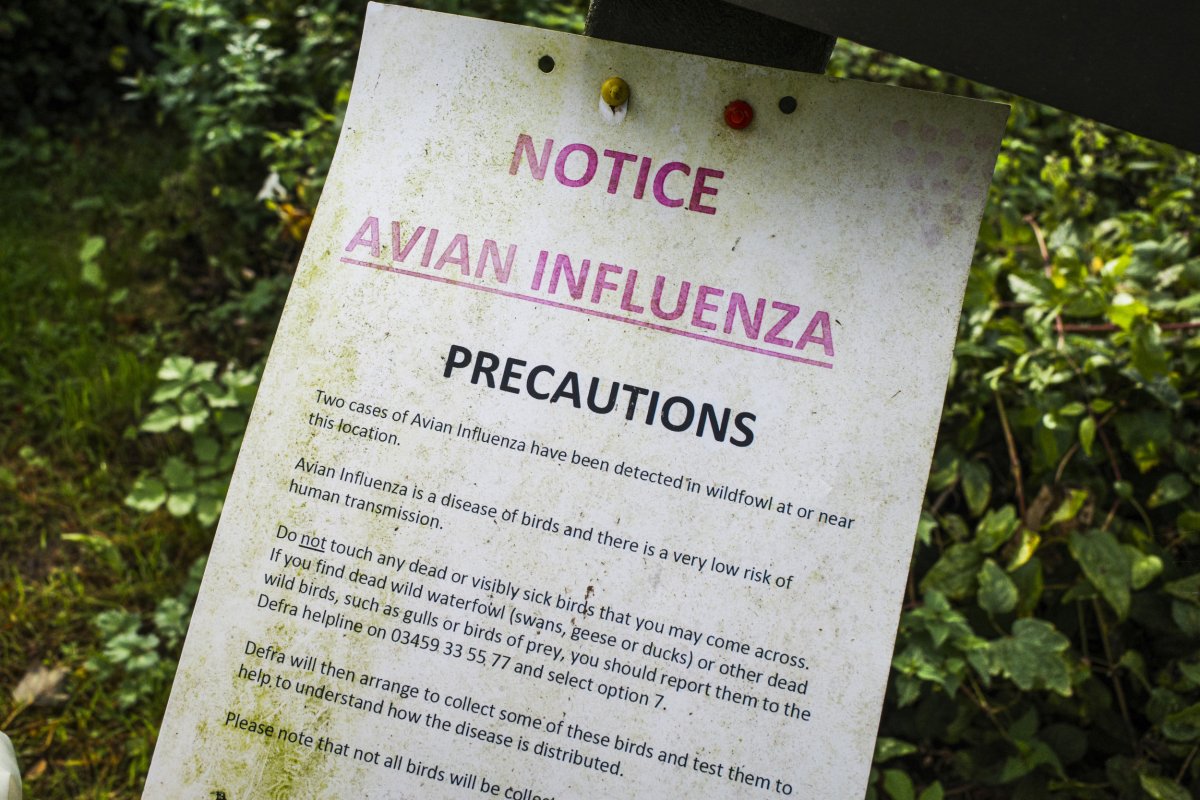A Canadian teen who contracted the H5N1 bird flu in early November has fully recovered after a prolonged battle with the disease.
However, genetic analysis of the virus that infected her revealed alarming mutations that could potentially enhance the virus's ability to target human cells and cause severe illness.
Why It Matters
The discovery, published in the New England Journal of Medicine, has raised concerns about the evolving nature of H5N1 and its increasing threat to human health.
With 66 human cases reported in the U.S. in 2024, experts are increasingly worried about the virus's evolving potential and its implications for future outbreaks.

What To Know
The 13-year-old girl, who had a history of asthma and obesity, arrived at a local emergency room on November 4 with conjunctivitis and fever. After being discharged without treatment, her condition worsened over the next few days, leading to respiratory distress and other complications. She was hospitalized on November 7, and by the following day, was transferred to a pediatric ICU, suffering from severe respiratory failure, pneumonia and acute kidney injury.
Despite being negative for common seasonal flu strains, she tested positive for influenza A and H5N1, leading doctors to suspect bird flu. Her condition continued to deteriorate, requiring intubation and ECMO life support. She was treated with three antiviral medications, and because of concerns about a cytokine storm, underwent plasma exchange therapy.
By November 16, her viral load had dropped significantly, and she was free of the virus after eight days of intensive care. Genetic sequencing of the virus revealed mutations in the strain she had contracted, specifically the D1.1 version of H5N1, which is closely related to the virus found in wild birds. The mutations appeared to enhance the virus's ability to replicate in human cells, suggesting a troubling potential for increased severity in human infections.
Other cases of H5N1 infection in the U.S., particularly those involving dairy cows and poultry, have shown the same mutated strain. Researchers believe these mutations likely emerged in the patients themselves rather than circulating in the environment, the Los Angeles Times reported.
What People Are Saying
Jennifer Nuzzo, director of the Pandemic Center at Brown University, told the L.A. Times: "It is worrisome because it indicates that the virus can change in a person and possibly cause a greater severity of symptoms than initial infection."
Dr. Paul Offit, a vaccine and infectious disease expert at Children's Hospital of Philadelphia, told NBC News: "I think if there were clear and definitive evidence that the virus has mutated to the point that it can bind to the binding receptors in the upper respiratory tract, meaning the lining of the nose, the lining of the throat, the lining of the windpipe and therefore reproduce itself in the upper respiratory tract, that would be worrisome. But that's not what the report said."
What Happens Next
The discovery of the mutations in the H5N1 virus calls for further surveillance and research to track how the virus may evolve in human hosts. Public health experts are urging increased monitoring of both animal and human cases to detect any potential for further mutations that could pose a greater threat to global health.
Researchers are also calling for more robust response strategies in case the virus continues to adapt in ways that enhance its ability to cause severe disease.



















:quality(85):upscale()/2024/04/24/878/n/3019466/36c5693c662965c5d1ce91.72473705_.jpg)
 English (US) ·
English (US) ·